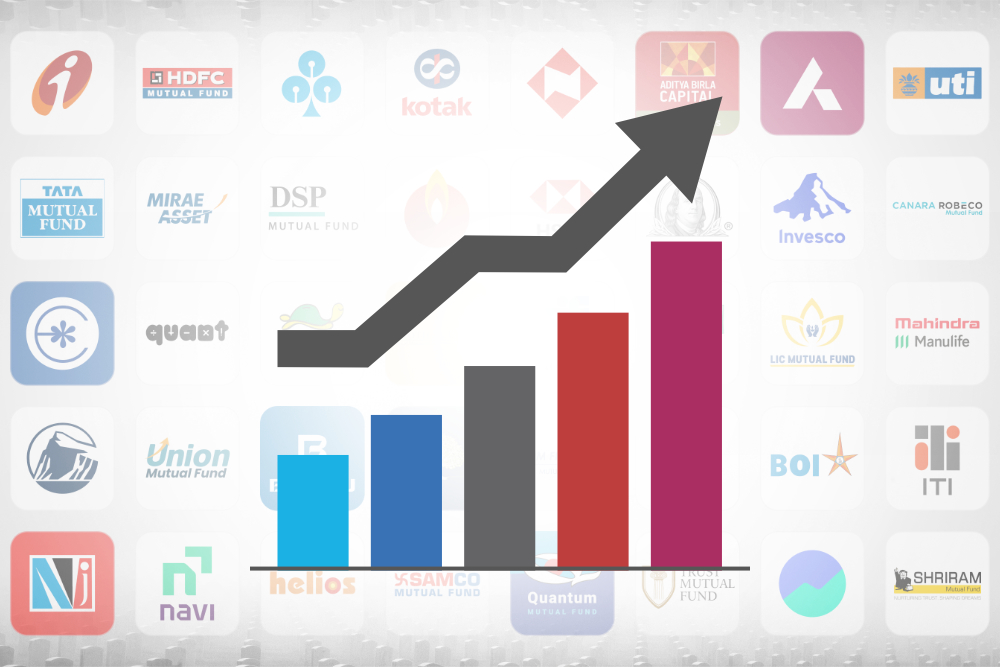India’s equity mutual fund landscape has matured significantly over the past decade. Out of 539 Direct Equity Mutual Funds, 210 funds have a performance history long enough—10 years or more—to allow meaningful evaluation.
Read MoreInteresting Articles
The most important factor for a long-term investor is the performance of his investment. As SIPs have become widely accepted as the right choice of investment into mutual funds, the question arises about what the performance of the funds in the long run, for periods over five years, is.
Read MoreAssessing the overall performance of Fund Houses (AMCs) with respect to equity mutual funds is to check for its outperforming schemes in each category. Here, outperformance in a category is defined as showing better long term stability and short term momentum. Only the schemes that have been consistently outperforming its peers over a period of two weeks are considered. For better comparison, only Direct - Growth schemes are included. The more outperforming schemes a fund house (AMC) has the better is its performance.
Read MoreAdvanced Mutual Fund Data Management
Components of Mutual Fund Data Management
Planning
Listing all existing mutual fund investments, calculating monthly investment targets, recording transactions and estimating target value.
Investment Data
Recording each transaction in a prescribed format for better representation to understand the effects of investment and redemption over a period of time.
Summary
Summarisation of investments, redemptions and current holding. Tabulation of investment in various categories and accounts.
Returns
Calculation of absolute returns and XIRR and comparing the performance with large cap, mid cap and small cap indices.
Historic Data
Monthly recording of data with respect to portfolio, index valuations, absolute returns and XIRR.
Calculations
Tabulation of fund data and comparing the performance with peers and other categories to compute investment on the basis of the summary data.
Market Data
Information with respect to current NAVs and performance of funds, category performance summary and historic index values.



